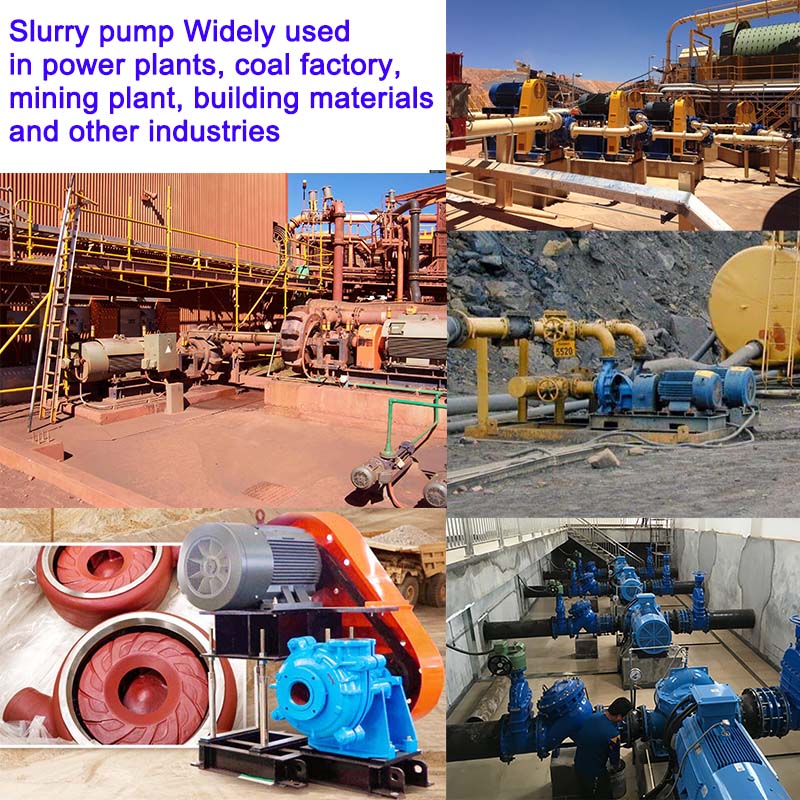Miao
- Afrikaans
- Albanian
- Amharic
- Arabic
- Armenian
- Azerbaijani
- Basque
- Belarusian
- Bengali
- Bosnian
- Bulgarian
- Catalan
- Cebuano
- Corsican
- Croatian
- Czech
- Danish
- Dutch
- English
- Esperanto
- Estonian
- Finnish
- French
- Frisian
- Galician
- Georgian
- German
- Greek
- Gujarati
- Haitian Creole
- hausa
- hawaiian
- Hebrew
- Hindi
- Miao
- Hungarian
- Icelandic
- igbo
- Indonesian
- irish
- Italian
- Japanese
- Javanese
- Kannada
- kazakh
- Khmer
- Rwandese
- Korean
- Kurdish
- Kyrgyz
- Lao
- Latin
- Latvian
- Lithuanian
- Luxembourgish
- Macedonian
- Malgashi
- Malay
- Malayalam
- Maltese
- Maori
- Marathi
- Mongolian
- Myanmar
- Nepali
- Norwegian
- Norwegian
- Occitan
- Pashto
- Persian
- Polish
- Portuguese
- Punjabi
- Romanian
- Russian
- Samoan
- Scottish Gaelic
- Serbian
- Sesotho
- Shona
- Sindhi
- Sinhala
- Slovak
- Slovenian
- Somali
- Spanish
- Sundanese
- Swahili
- Swedish
- Tagalog
- Tajik
- Tamil
- Tatar
- Telugu
- Thai
- Turkish
- Turkmen
- Ukrainian
- Urdu
- Uighur
- Uzbek
- Vietnamese
- Welsh
- Bantu
- Yiddish
- Yoruba
- Zulu
Telephone: +86 13120555503
Email: frank@cypump.com
Aug . 12, 2024 14:18 Back to list
Essential Components and Maintenance Tips for HS1 Slurry Pump Performance Optimization
Understanding HS1 Slurry Pump Parts An Overview
Slurry pumps play a vital role in various industries, including mining, construction, and wastewater management. Among them, the HS1 slurry pump has gained significant popularity due to its efficiency and reliability. This article delves into the essential parts of HS1 slurry pumps, explaining their functions and importance in maintaining optimal performance.
Key Components of HS1 Slurry Pump
1. Pump Body The pump body serves as the main structure that houses all other components. It is typically made from high-quality materials designed to withstand the abrasive nature of slurry. The robustness of the pump body is crucial as it supports the entire pumping operation and protects the internal components from wear and tear.
2. Impeller One of the most critical parts of the HS1 slurry pump, the impeller, is responsible for converting rotational energy into hydrodynamic energy. The design of the impeller affects the pump's efficiency and ability to handle different types of slurries. The impeller’s material must be durable enough to resist corrosion and abrasiveness, ensuring longevity and performance.
3. Volute Casing The volute casing surrounds the impeller and directs the flow of the slurry out of the pump. It is designed to minimize turbulence and maximize the energy transfer from the impeller to the fluid. The shape and size of the volute are essential for maintaining optimal flow rates and pressures.
4. Suction and Discharge Pipes These pipes play a crucial role in the movement of the slurry through the pump. The suction pipe draws the slurry into the pump, while the discharge pipe directs it to the desired destination. Proper sizing and materials for these pipes are essential to prevent clogging and ensure efficient pumping.
hs1 slurry pump parts

5. Wear Plates Given the abrasive nature of slurries, wear plates are installed to protect the impeller and the casing from excessive wear. These plates can be replaced when worn out, which helps in prolonging the life of the pump and reducing maintenance costs. Choosing appropriate materials for wear plates is vital for enhancing the pump's durability.
6. Sealing Mechanisms Effective sealing prevents leaks and ensures that the slurry remains contained within the pump system. Various sealing technologies can be employed, including mechanical seals and packing seals. The choice of sealing mechanism will affect maintenance frequency and reliability.
7. Drive Mechanism The drive mechanism, often powered by electric or diesel engines, drives the impeller to create flow. The selection of the right drive is key to the overall efficiency and performance of the pump. Proper alignment and maintenance of the drive components are necessary to avoid operational issues.
Importance of Regular Maintenance
Regular maintenance of HS1 slurry pump parts is crucial to ensure reliability and efficiency. Operators should follow a maintenance schedule that includes inspections for wear and tear, checking seals for leaks, and verifying the integrity of the impeller and other essential components. Addressing potential issues in a timely manner can significantly extend the pump’s life and reduce operational costs.
Conclusion
In conclusion, understanding the components of HS1 slurry pumps is fundamental for anyone involved in industries that utilize these machines. By ensuring that all parts, from the impeller to the drive mechanism, are maintained and functioning optimally, companies can guarantee efficient operations and minimize downtime. Investing in quality components and regular maintenance will ultimately lead to enhanced performance and longevity of the HS1 slurry pumps. As the demand for efficient slurry handling continues to grow, knowledge of these pumps and their parts remains essential.
-
Durable & Efficient Submersible Mixed Flow Propeller Pumps Quotes
NewsApr.29,2025
-
BPA-Free Sand Gravel Pump for Aquariums & Industrial Use Terapump
NewsApr.29,2025
-
High-Efficiency Big Capacity Double Suction Pumps Bulk Supply
NewsApr.28,2025
-
High-Performance Vapor Honing Slurry Pumps Durable & Efficient Solutions
NewsApr.28,2025
-
OEM Slurry Pump Engineering Factory Custom Solutions & Durable Pumps
NewsApr.28,2025
-
1HP Sewage Submersible Pump Durable Vertical & WQ/QW Models Supplier
NewsApr.28,2025










